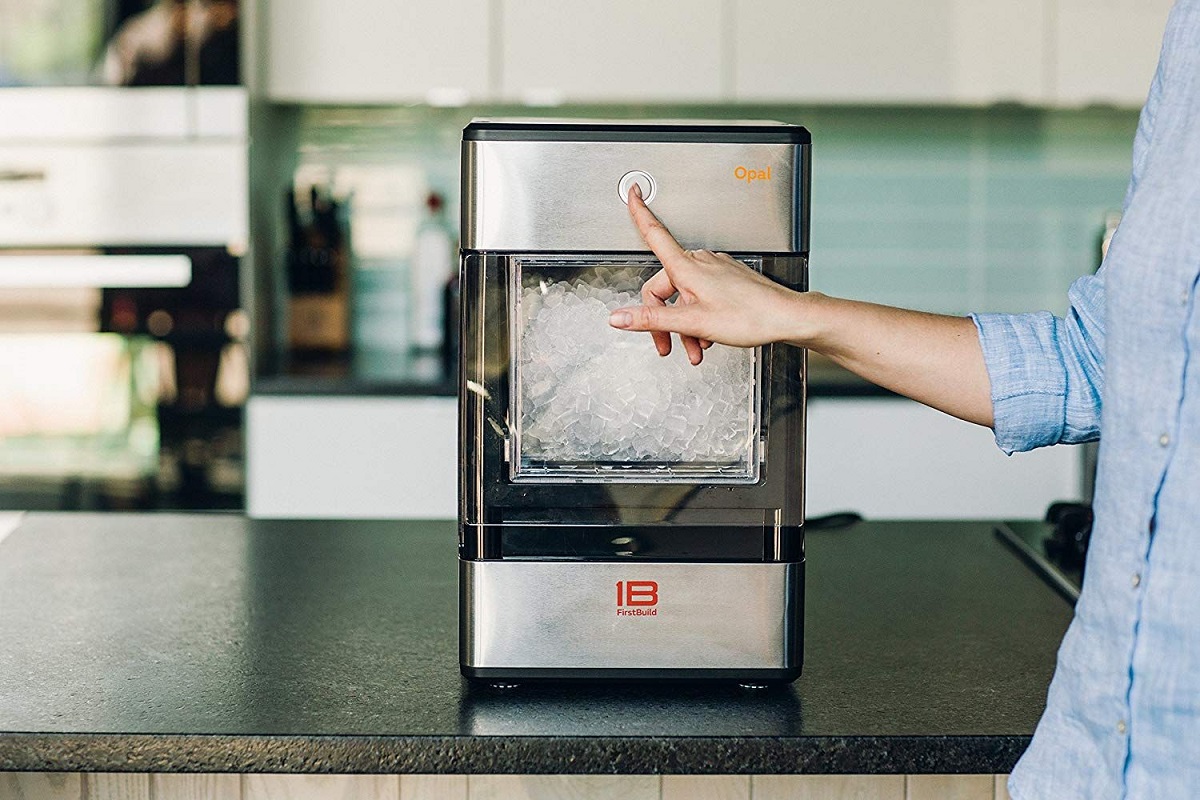

Articles
How Often Does The Opal Ice Maker Defrost
Modified: February 29, 2024
Discover how often the Opal Ice Maker defrosts in our informative article. Learn essential tips and maintenance recommendations for optimal performance.
(Many of the links in this article redirect to a specific reviewed product. Your purchase of these products through affiliate links helps to generate commission for Storables.com, at no extra cost. Learn more)
Introduction
The Opal Ice Maker has gained popularity for its ability to produce nugget ice, also known as “Sonic” ice. It is a versatile countertop appliance that brings the convenience of a compact ice maker into the comfort of your home. One question that users often wonder about is how often the Opal Ice Maker needs to be defrosted.
In this article, we will explore the defrosting process of the Opal Ice Maker, factors that influence the frequency of defrosting, energy consumption during defrosting, and tips for maintaining and cleaning your ice maker. By understanding the defrosting requirements of the Opal Ice Maker, you can ensure its optimal performance and longevity.
Key Takeaways:
- Regularly defrost your Opal Ice Maker every 3 to 6 months to maintain optimal performance and extend its lifespan. Monitor usage, environmental conditions, and water quality to determine the frequency of defrosting.
- Keep your Opal Ice Maker clean and well-maintained to ensure continuous high-quality nugget ice production. Follow manufacturer’s instructions, monitor ice production, and pay attention to water quality and environmental factors.
Read more: Why Does My Opal Ice Maker Squeak
What is the Opal Ice Maker?
The Opal Ice Maker is a countertop appliance designed to produce nugget ice. Nugget ice is known for its soft, crunchy texture, making it perfect for beverages, cocktails, and even chewing. It is a popular choice among ice enthusiasts and is often referred to as “Sonic” ice due to its similarity to the ice used by the famous fast-food chain.
The Opal Ice Maker is known for its compact size, which makes it ideal for home use. It can be placed on any countertop, saving you the hassle of dealing with bulky ice makers or constantly buying bags of ice from the store. With its sleek design, it blends seamlessly with any kitchen decor.
One of the standout features of the Opal Ice Maker is its simplicity in operation. With its intuitive touch controls, you can easily adjust settings and monitor the ice-making process. The Opal Ice Maker also offers a convenient scheduling feature, allowing you to have ice ready when you need it. Whether you’re hosting a party or enjoying a refreshing drink on a hot summer day, the Opal Ice Maker ensures that you’ll never run out of ice.
Additionally, the Opal Ice Maker uses a water reservoir system, eliminating the need for a direct water line connection. This means you can place it anywhere in your home without worrying about complex installations. The reservoir has a decent capacity, allowing you to produce ice for multiple occasions without the need for frequent refills.
Overall, the Opal Ice Maker offers a convenient and efficient solution for producing ice at home. Its compact size, user-friendly controls, and ability to produce nugget ice make it a popular choice among ice enthusiasts and homeowners alike.
Defrosting in the Opal Ice Maker
Like any appliance, the Opal Ice Maker requires regular maintenance to ensure optimal performance. Defrosting is a crucial part of this maintenance process. Over time, ice can build up inside the ice maker, affecting its efficiency and ice production. Defrosting helps remove any ice buildup and keeps the Opal Ice Maker in top condition.
The frequency of defrosting the Opal Ice Maker depends on various factors, including usage and environmental conditions. Generally, it is recommended to defrost the ice maker every 3 to 6 months or when you notice less efficient ice production. However, it’s important to monitor the performance of your ice maker and adjust the defrosting frequency accordingly.
The process of defrosting the Opal Ice Maker is straightforward. Here’s a step-by-step guide:
- Turn off the ice maker by pressing the power button and unplugging the unit.
- Remove the ice bin and any remaining ice cubes from the unit.
- Allow the ice maker to thaw naturally. You can place towels or a container beneath the ice maker to collect any water that may melt during the process.
- Once the ice maker is completely thawed, wipe down the interior surfaces with a soft cloth or sponge.
- Clean the ice bin and any accessories with warm, soapy water.
- Allow all the components to dry thoroughly before reassembling the ice maker.
- Plug in the unit and turn it on. Follow the manufacturer’s instructions for setting up the ice maker and adjusting the settings as desired.
It’s important to note that the defrosting process may take several hours, so it’s best to plan accordingly. Also, avoid using sharp objects to scrape off ice buildup, as this can damage the inner components of the ice maker.
Regularly defrosting your Opal Ice Maker will not only ensure efficient ice production but also extend the lifespan of your appliance. It is a simple yet essential maintenance task that contributes to the overall performance and longevity of your ice maker.
Factors that Affect the Frequency of Defrosting
The frequency of defrosting the Opal Ice Maker can vary depending on several factors. Understanding these factors can help you determine how often you should perform a defrosting cycle. Here are the key factors that influence the frequency of defrosting:
- Usage: The more frequently you use your Opal Ice Maker, the more ice buildup you can expect. If you use the ice maker on a daily basis or for larger quantities of ice, you may need to defrost more often. On the other hand, if you use it less frequently, you may be able to extend the time between defrosting cycles.
- Environmental conditions: The environment in which the Opal Ice Maker is located can affect the rate of ice buildup. Higher humidity levels or warmer temperatures can contribute to faster ice accumulation. If your ice maker is placed in a location with such conditions, you may need to defrost more frequently.
- Water quality: The quality of the water used in the ice maker can impact ice buildup. If your water has a high mineral content or is hard water, it may lead to more rapid ice accumulation. In such cases, you may need to defrost the ice maker more often to prevent mineral deposits from affecting its performance.
- Cleaning routine: Regular cleaning of the Opal Ice Maker can help prevent ice buildup and reduce the frequency of defrosting. By keeping the ice maker clean and free from any debris or residue, you can minimize the chances of ice sticking to the internal components.
It’s important to consider these factors and monitor the performance of your ice maker to determine when defrosting is necessary. If you notice reduced ice production, slower ice formation, or any unusual noise or operation, it may be a sign that a defrosting cycle is needed.
By keeping an eye on these factors and defrosting your Opal Ice Maker accordingly, you can ensure its efficiency, prevent any performance issues, and enjoy a continuous supply of high-quality nugget ice.
The Opal Ice Maker should be defrosted every 6 months to ensure optimal performance and ice quality. Follow the manufacturer’s instructions for the defrosting process.
Energy Consumption during Defrosting
During the defrosting process, the Opal Ice Maker consumes energy to heat up and melt the ice buildup inside the unit. While defrosting is necessary for maintaining the performance of the ice maker, it’s understandable to be concerned about the energy consumption during this process.
The energy consumption during defrosting can vary depending on factors such as the duration of the defrosting cycle and the amount of ice buildup. However, it’s important to note that the Opal Ice Maker is designed to be energy-efficient, even during defrosting.
The Opal Ice Maker utilizes advanced technology to minimize energy consumption while still effectively melting the ice buildup. It is equipped with sensors that can detect when ice accumulation reaches a certain level, triggering the defrosting process. Once the ice is melted and the ice maker is cleaned, it returns to its regular ice-making mode, optimizing energy usage.
While the energy consumption during defrosting is relatively low, there are a few steps you can take to further minimize energy usage:
- Plan your defrosting cycle during off-peak hours when energy rates may be lower. This can help reduce the overall energy cost associated with the defrosting process.
- Ensure that the ice maker is in a well-ventilated area, away from direct sunlight or other heat sources. This helps maintain the efficiency of the ice maker and prevents unnecessary energy consumption.
- Regularly clean and maintain the Opal Ice Maker to prevent excessive ice buildup. By keeping the ice maker clean, you can reduce the frequency and duration of defrosting cycles, resulting in lower overall energy consumption.
By following these steps and being mindful of energy usage, you can maintain the performance of your Opal Ice Maker without compromising on energy efficiency. The Opal Ice Maker is designed to strike a balance between delivering high-quality ice and minimizing energy consumption, making it an eco-friendly choice for your ice-making needs.
Read more: How To Defrost Whirlpool Ice Maker
Tips for Maintaining and Cleaning the Opal Ice Maker
To ensure optimal performance and longevity of your Opal Ice Maker, regular maintenance and cleaning are essential. By following these tips, you can keep your ice maker in top condition and enjoy a continuous supply of fresh, high-quality nugget ice:
- Regularly clean the ice bin: Remove the ice bin and clean it with warm, soapy water. Rinse thoroughly and dry before placing it back into the ice maker. This helps prevent any buildup of dirt or residue that can affect the taste and quality of the ice.
- Clean the exterior: Wipe the exterior surfaces of the ice maker with a damp cloth. This removes any dust or dirt that may accumulate over time, keeping the unit looking clean and well-maintained.
- Monitor water quality: If you notice a change in the taste or quality of the ice, it could indicate an issue with the water quality. Consider using a water filter to improve the quality of the water used in the ice maker and reduce mineral deposits.
- Check the water level: Ensure that the water reservoir has an adequate level of water. Low water levels can affect ice production and may lead to slower ice formation. Refill the reservoir as needed to maintain optimal performance.
- Monitor ice production: Keep an eye on the ice production of your Opal Ice Maker. If you notice a decrease in the amount of ice produced, it may indicate a need for cleaning or defrosting. Regularly check for any signs of ice buildup or clogs that may affect the performance of the ice maker.
- Pay attention to the environment: Avoid placing the ice maker in direct sunlight or near heat sources, as this can affect its efficiency and ice production. Ensure that the surrounding area is well-ventilated to prevent overheating.
- Follow the manufacturer’s instructions: Refer to the user manual for specific instructions on cleaning and maintenance. The manufacturer’s recommendations may vary based on the model, so it’s important to follow their guidelines for the best results.
- Regularly defrost: As mentioned earlier, regular defrosting is crucial for maintaining the performance of the Opal Ice Maker. Monitor the ice maker and perform a defrosting cycle every 3 to 6 months or as needed based on usage and ice buildup.
By incorporating these tips into your routine, you can ensure that your Opal Ice Maker operates efficiently and produces high-quality nugget ice. Regular cleaning and maintenance not only improve the taste and quality of the ice but also extend the lifespan of your ice maker.
Conclusion
The Opal Ice Maker is a convenient and versatile countertop appliance that allows you to enjoy the luxury of nugget ice in the comfort of your own home. As with any appliance, regular maintenance and cleaning are crucial for ensuring optimal performance and longevity.
In this article, we have explored the defrosting process in the Opal Ice Maker and discussed factors that influence the frequency of defrosting. We have also touched upon the energy consumption during defrosting and provided tips for maintaining and cleaning your ice maker.
By understanding the defrosting requirements of the Opal Ice Maker, you can ensure efficient ice production and extend the lifespan of your appliance. Regularly monitoring the ice maker’s performance, adjusting the defrosting frequency as needed, and following proper cleaning and maintenance practices will help you enjoy a continuous supply of fresh, high-quality nugget ice for years to come.
Remember that while defrosting and maintenance are necessary, it is equally important to enjoy your Opal Ice Maker and the delicious ice it produces. So, sit back, relax, and savor the refreshing taste of your favorite beverages accompanied by the delightful crunch of nugget ice from your Opal Ice Maker.
Stay cool and enjoy the convenience and luxury of ice right at your fingertips with the Opal Ice Maker!
Frequently Asked Questions about How Often Does The Opal Ice Maker Defrost
Was this page helpful?
At Storables.com, we guarantee accurate and reliable information. Our content, validated by Expert Board Contributors, is crafted following stringent Editorial Policies. We're committed to providing you with well-researched, expert-backed insights for all your informational needs.
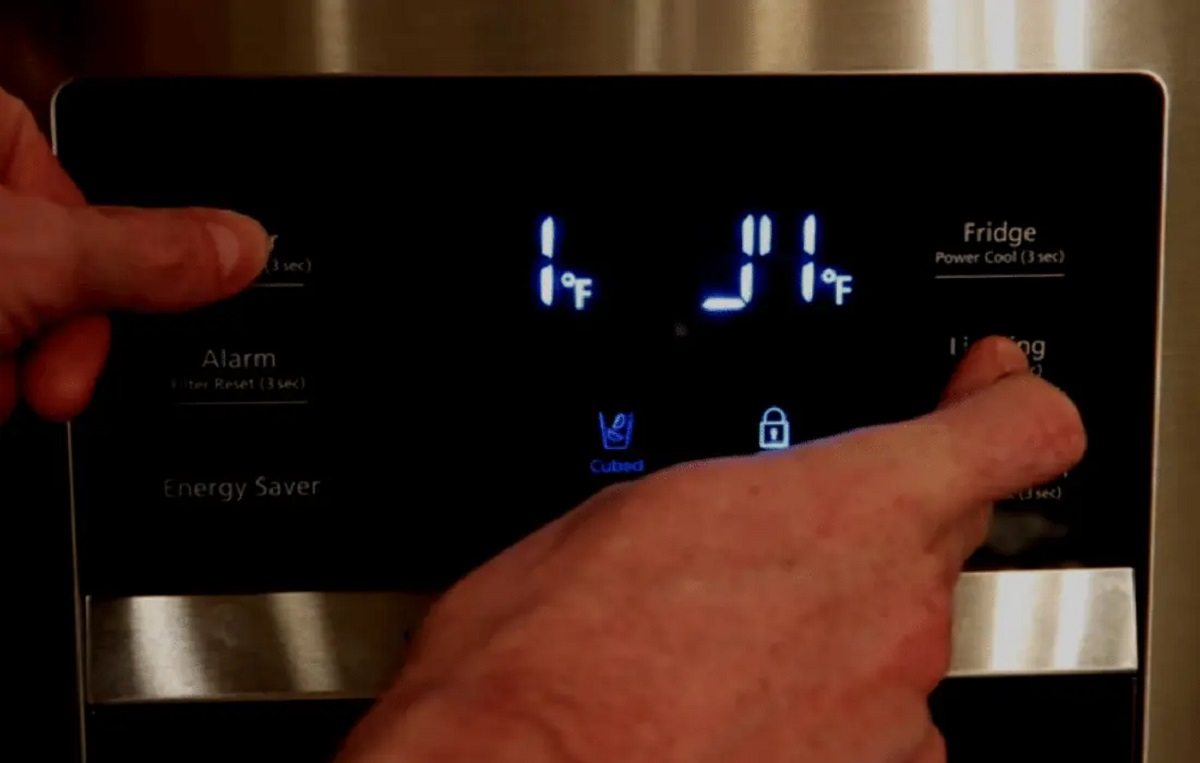
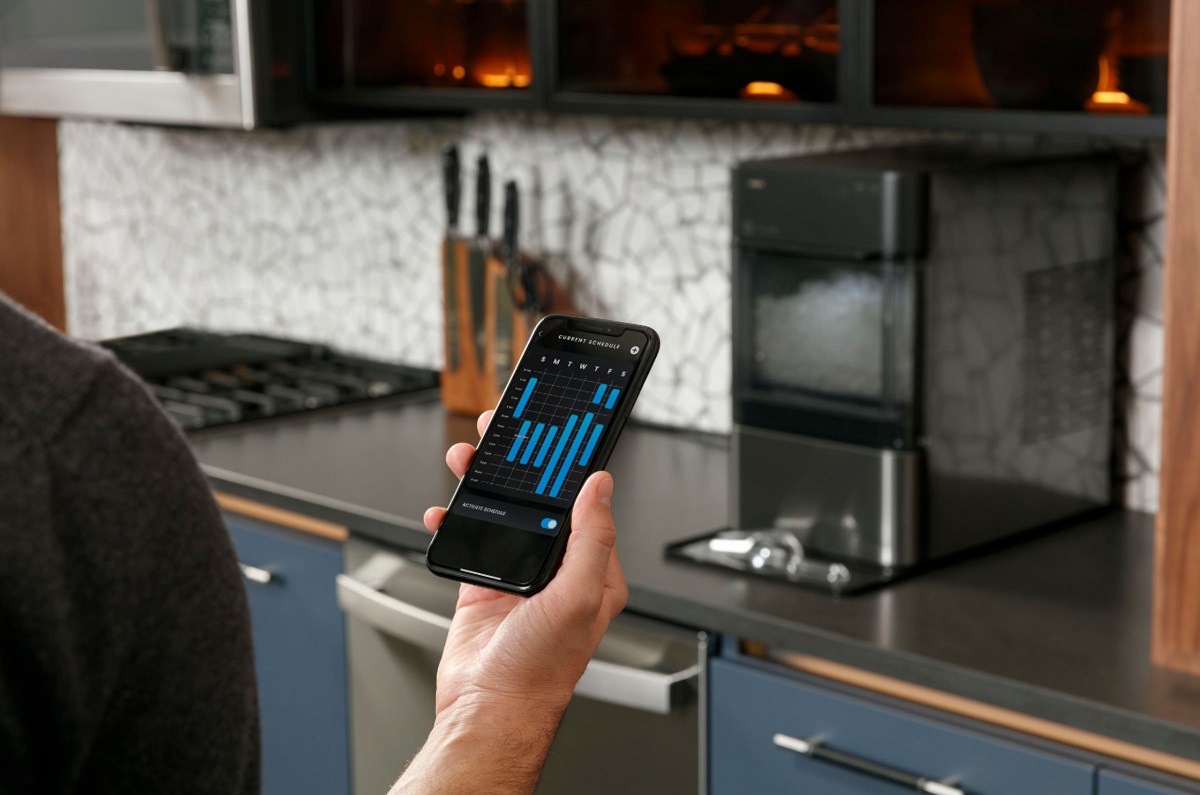
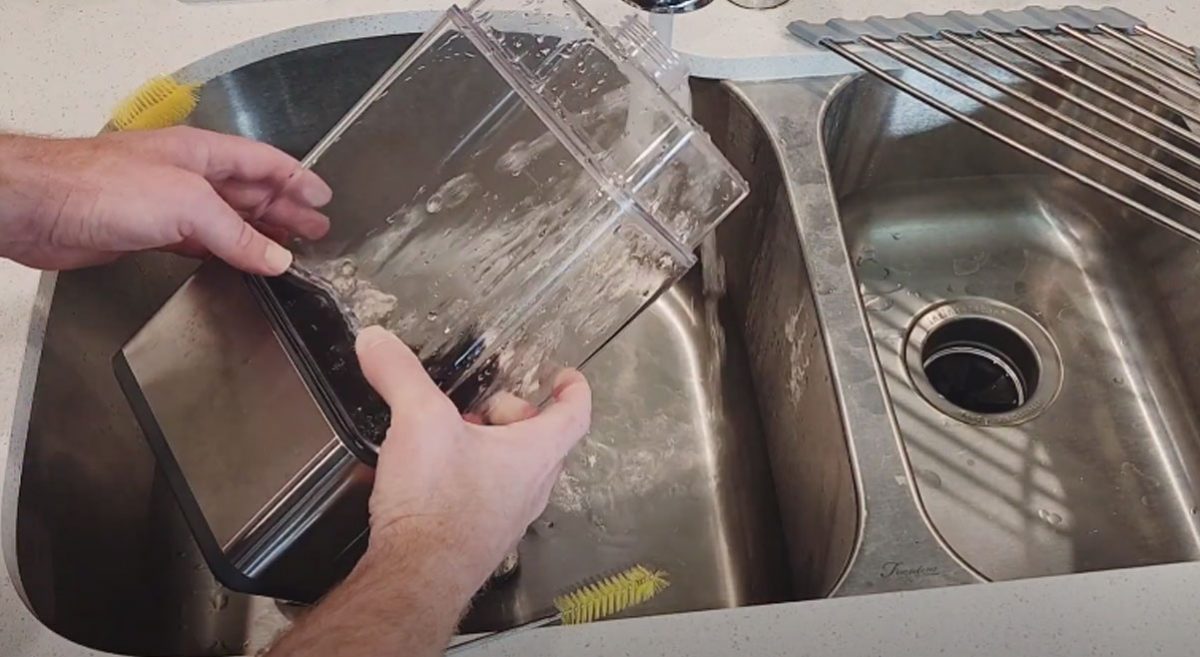
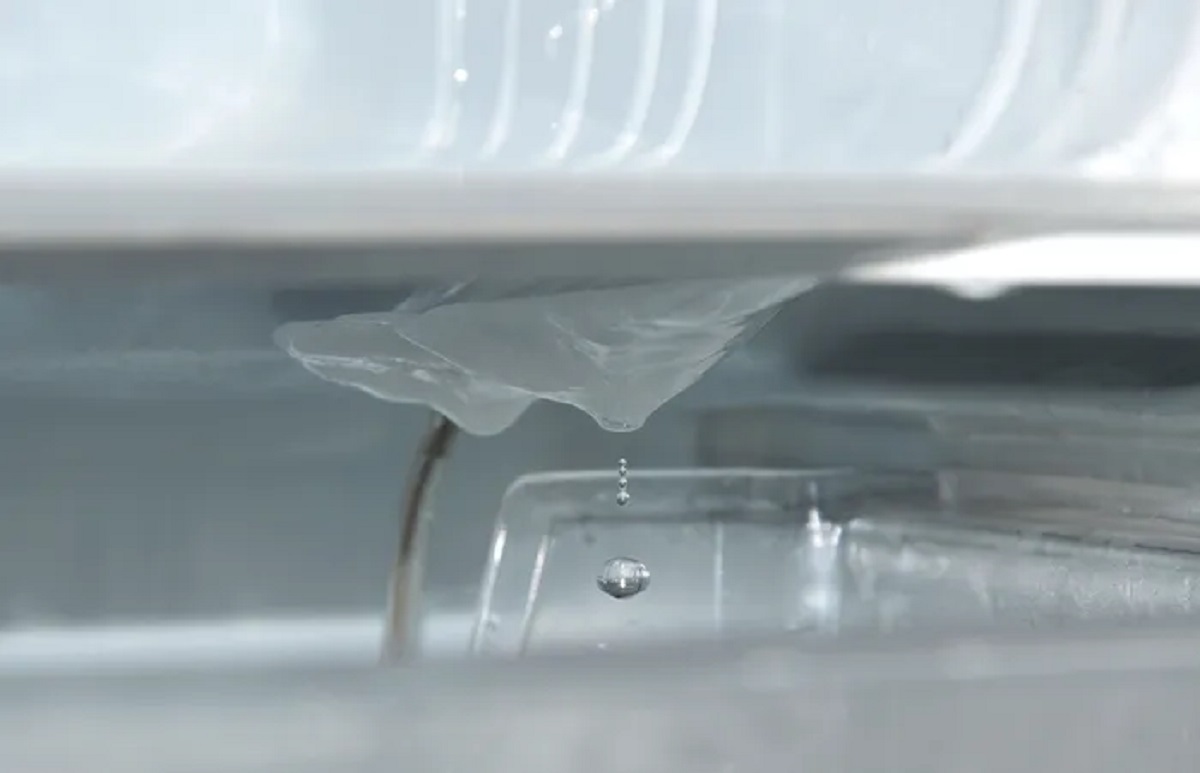
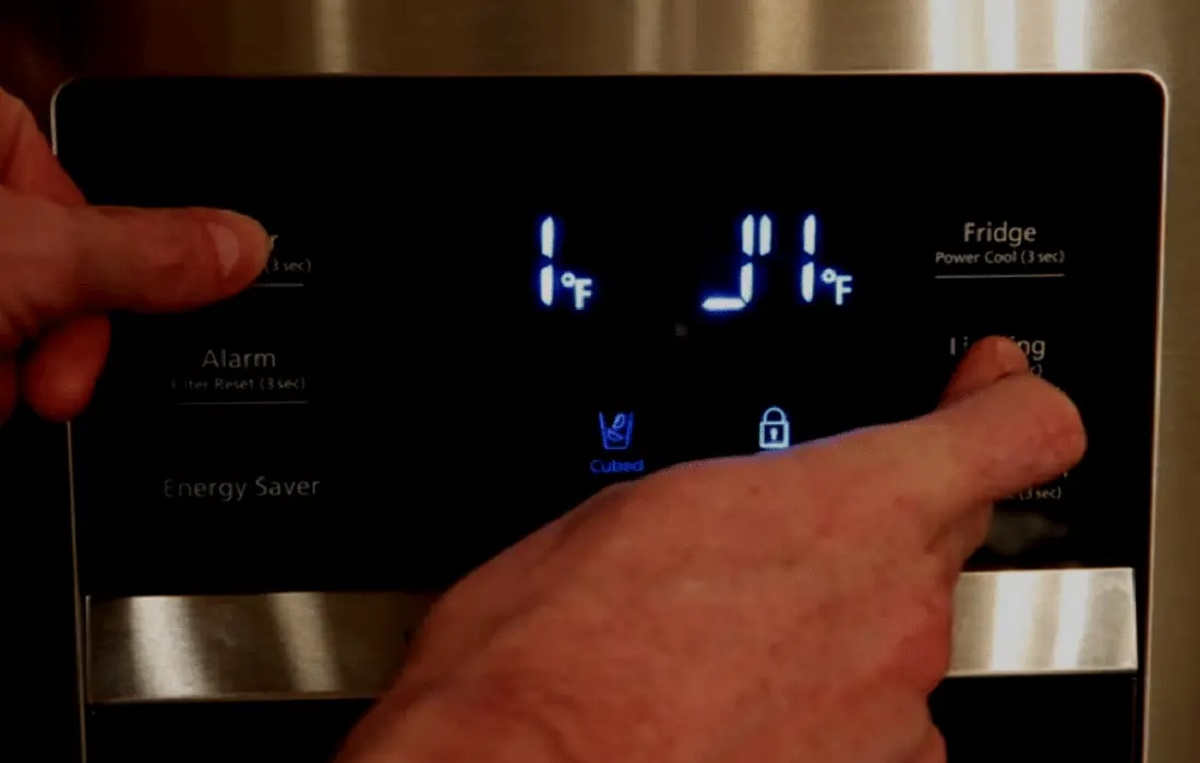
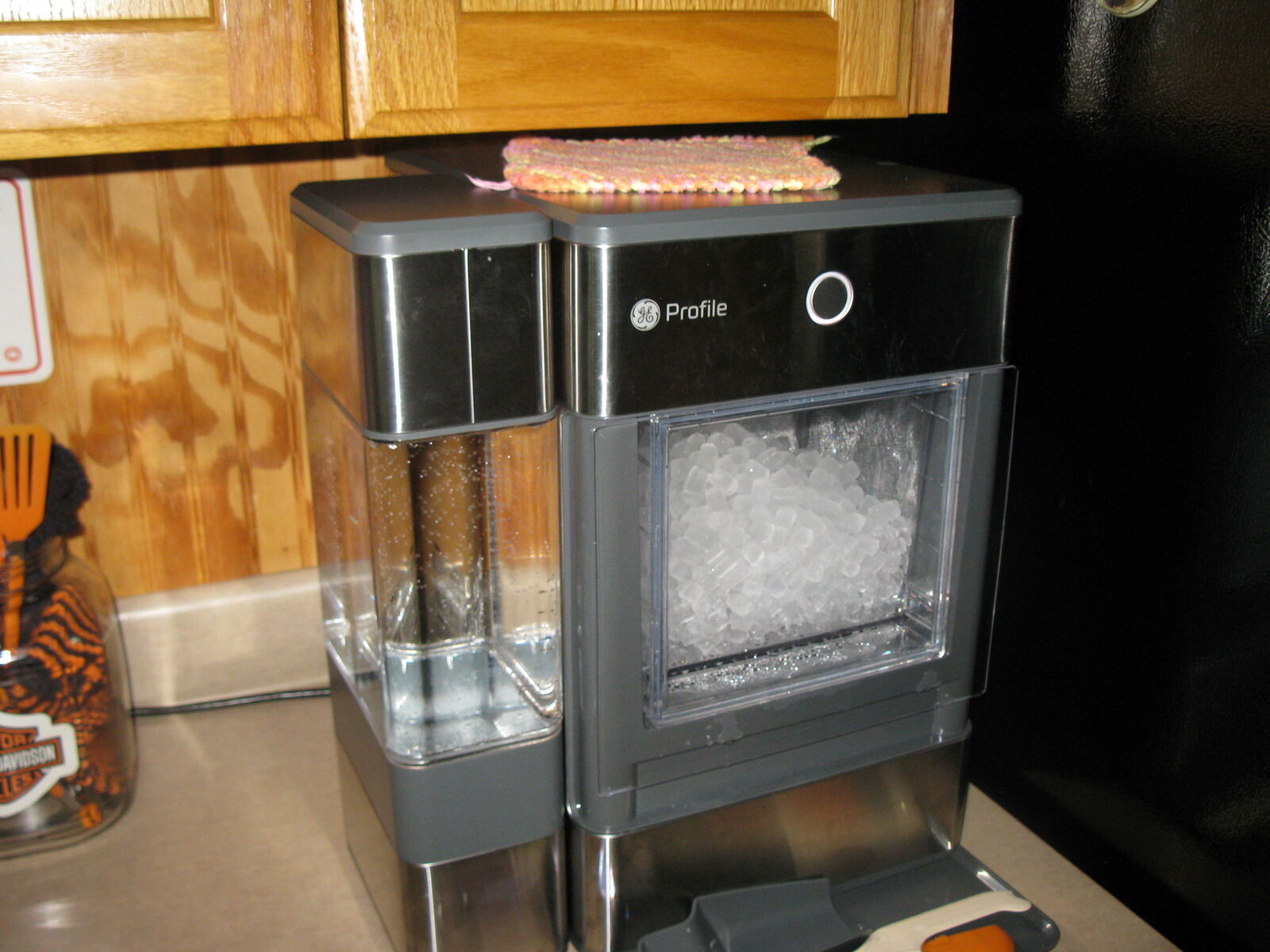
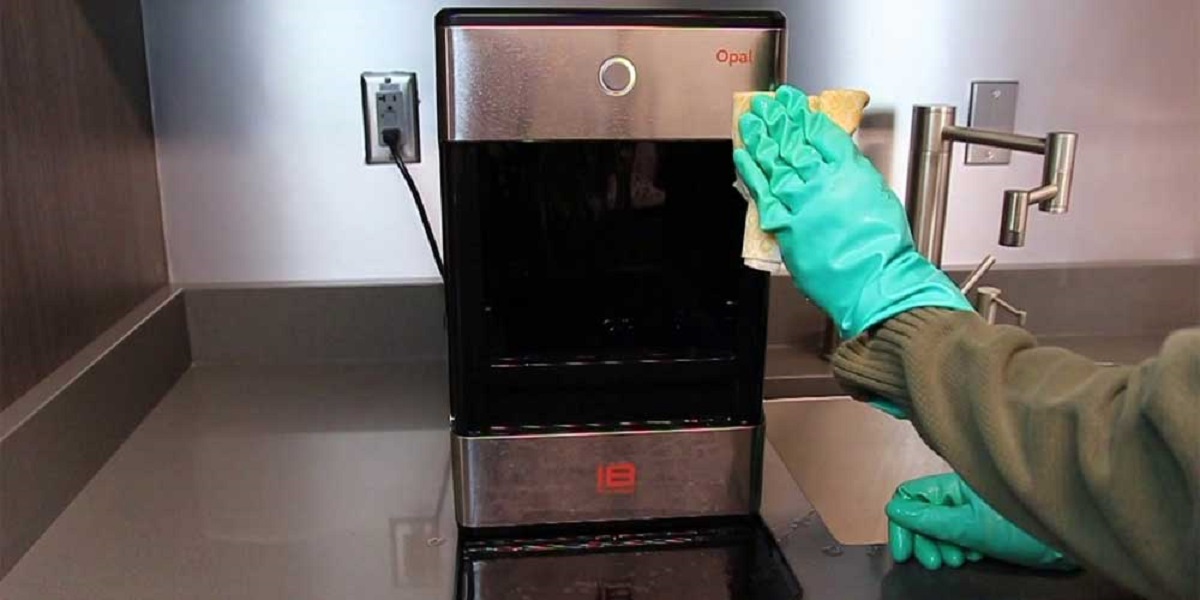
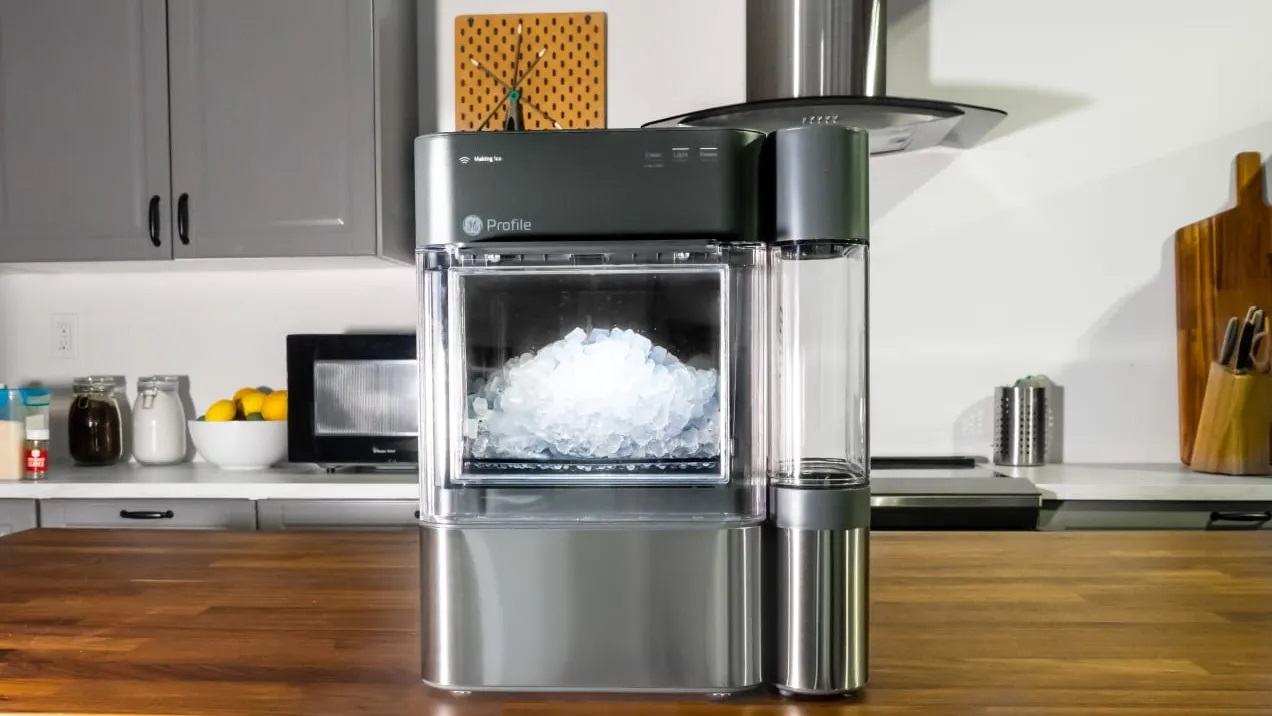
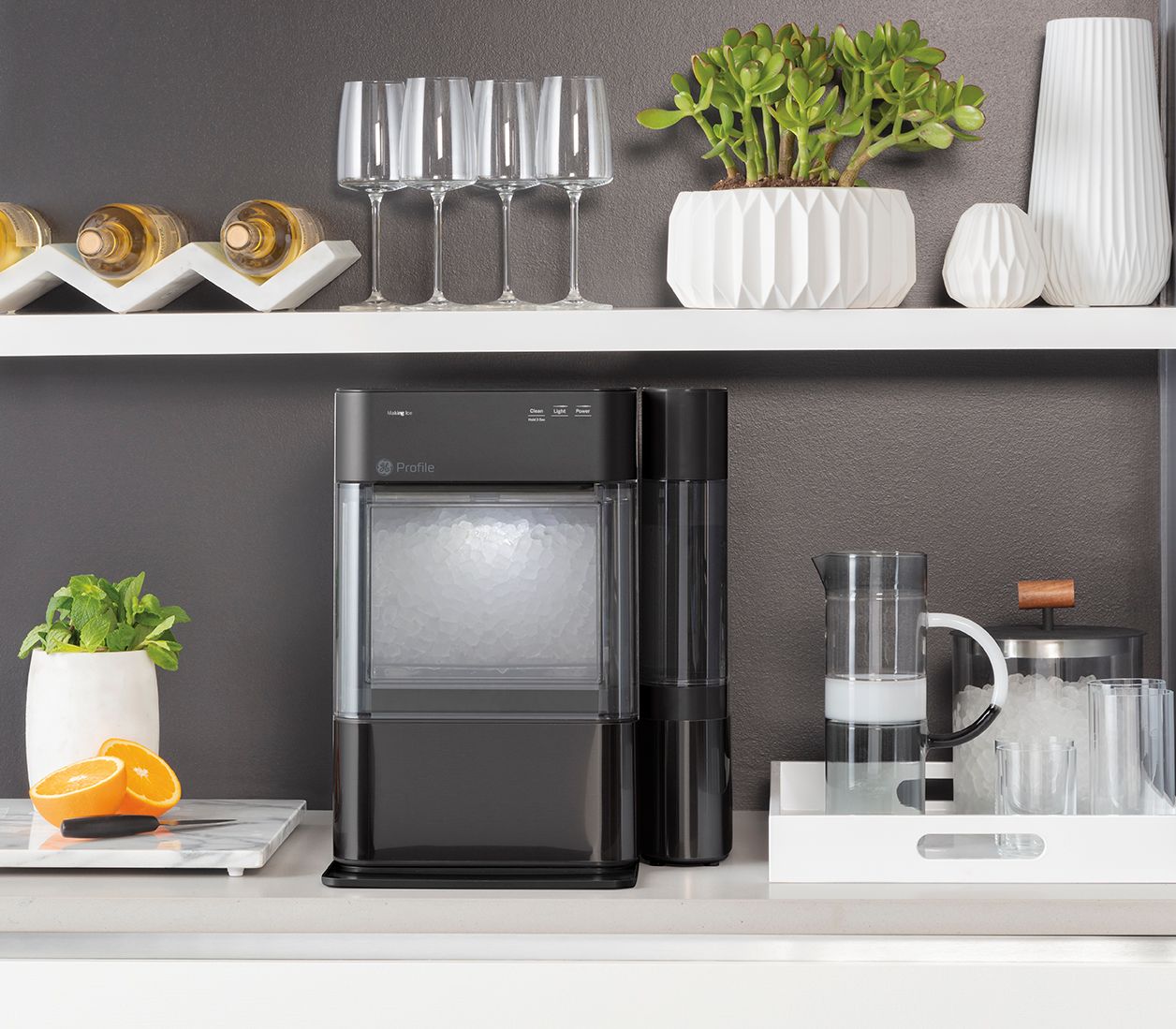
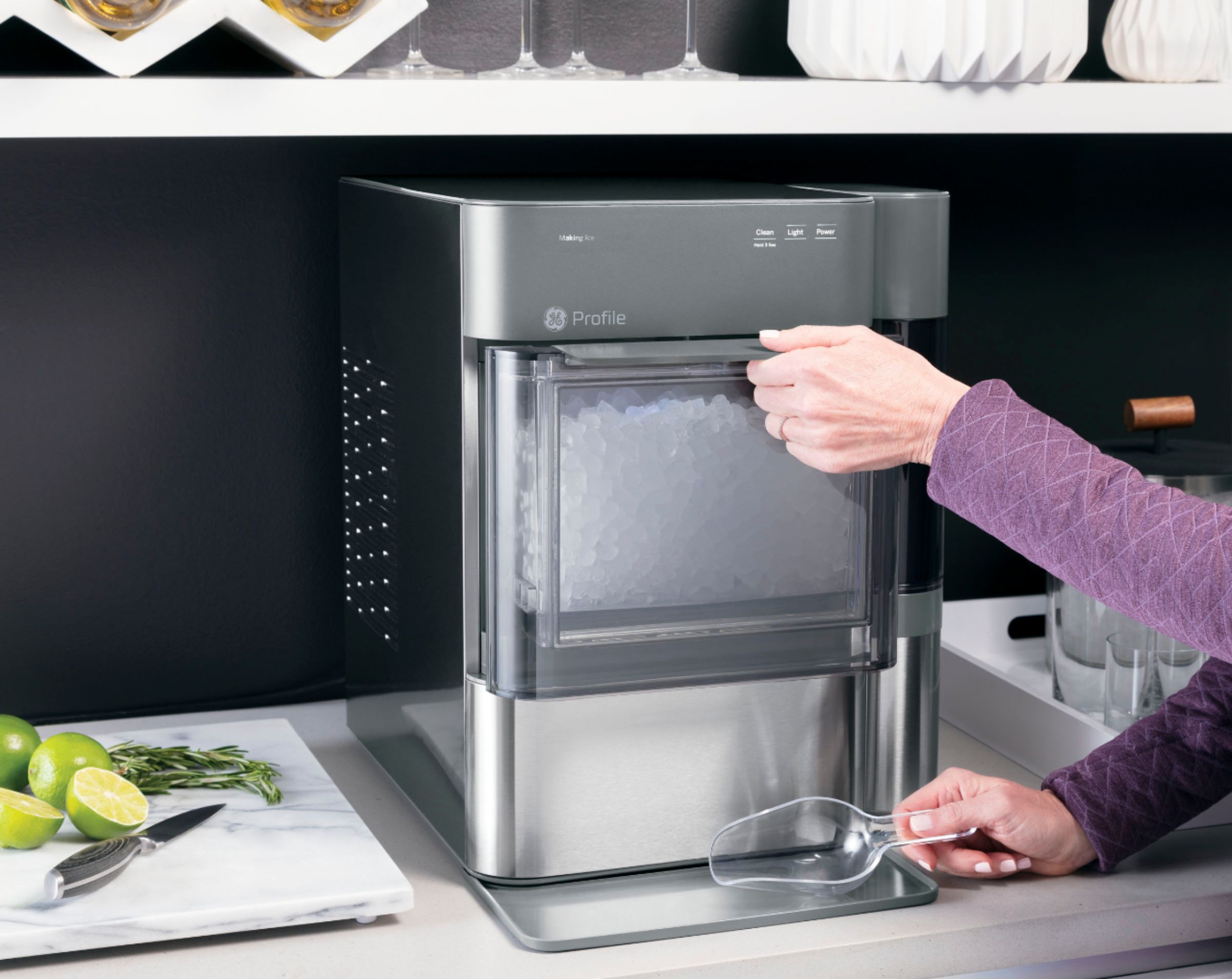
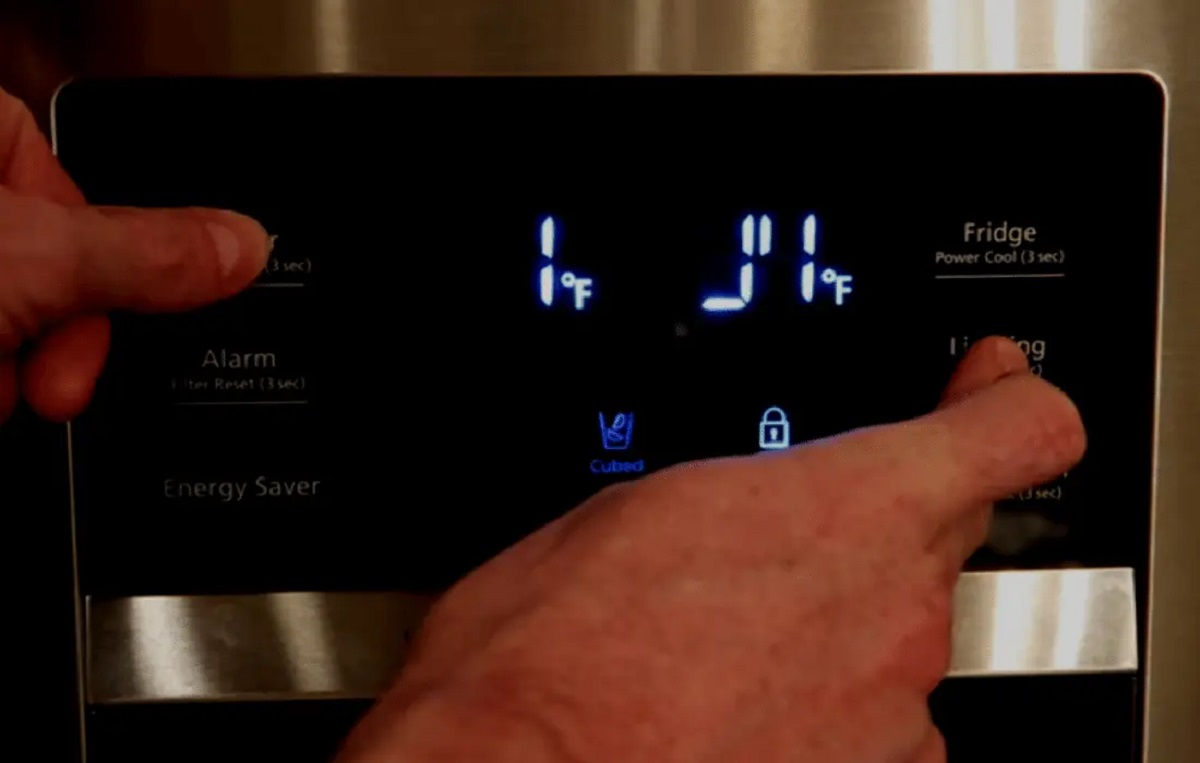
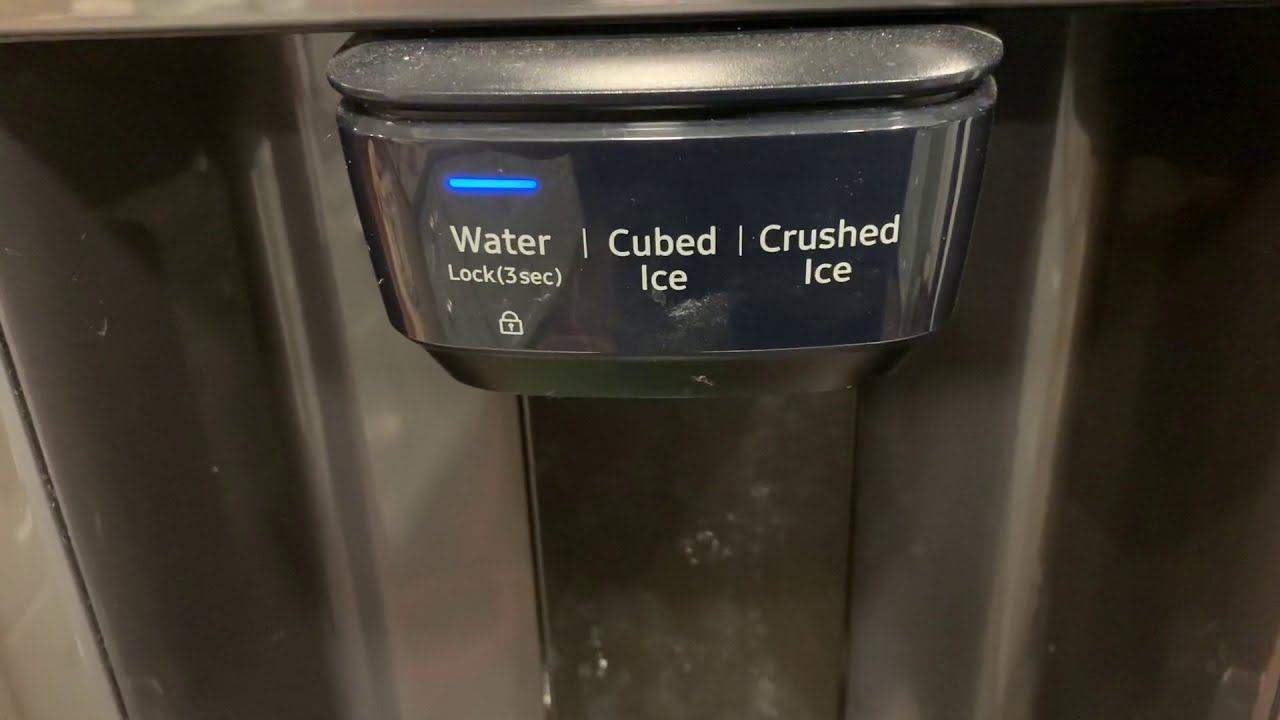
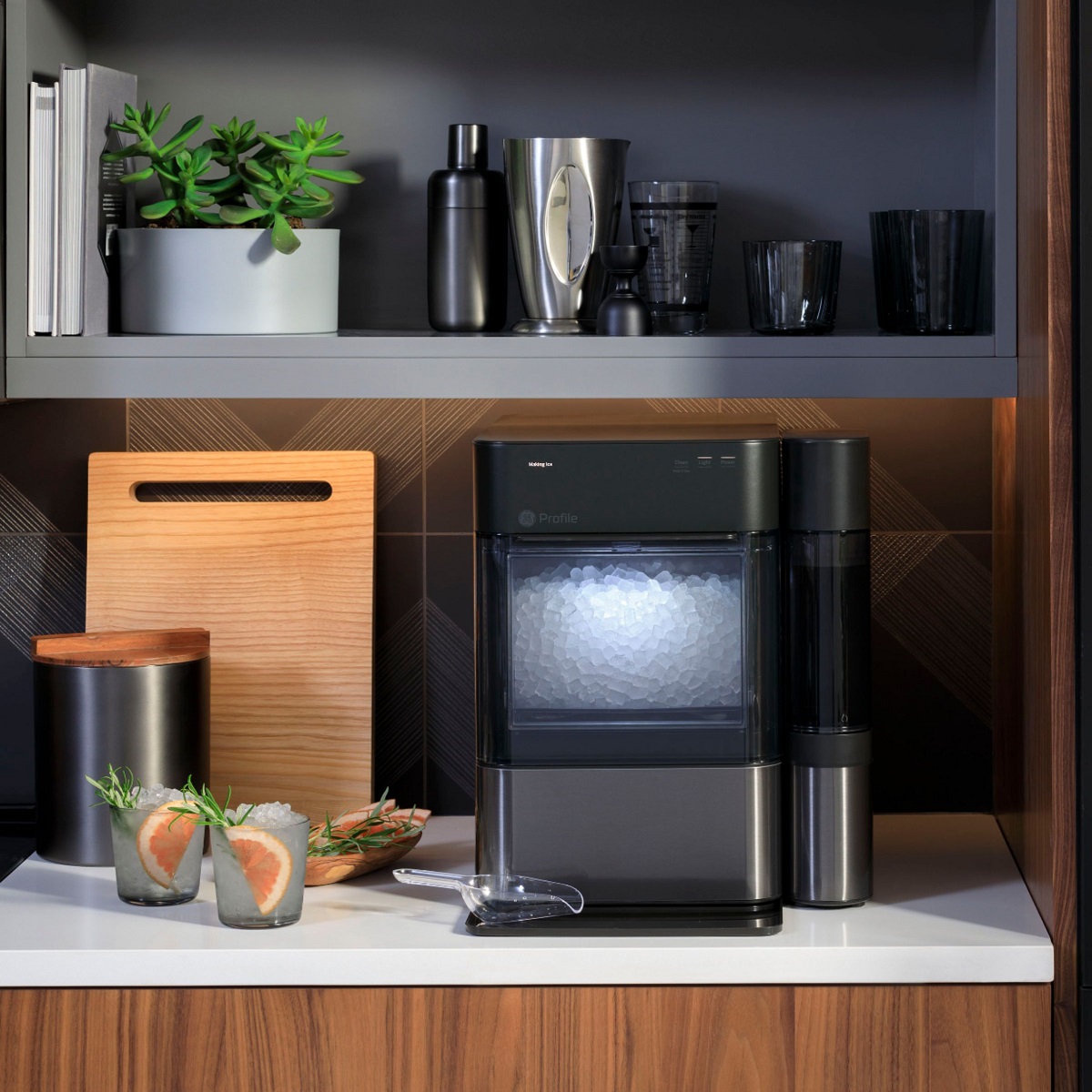
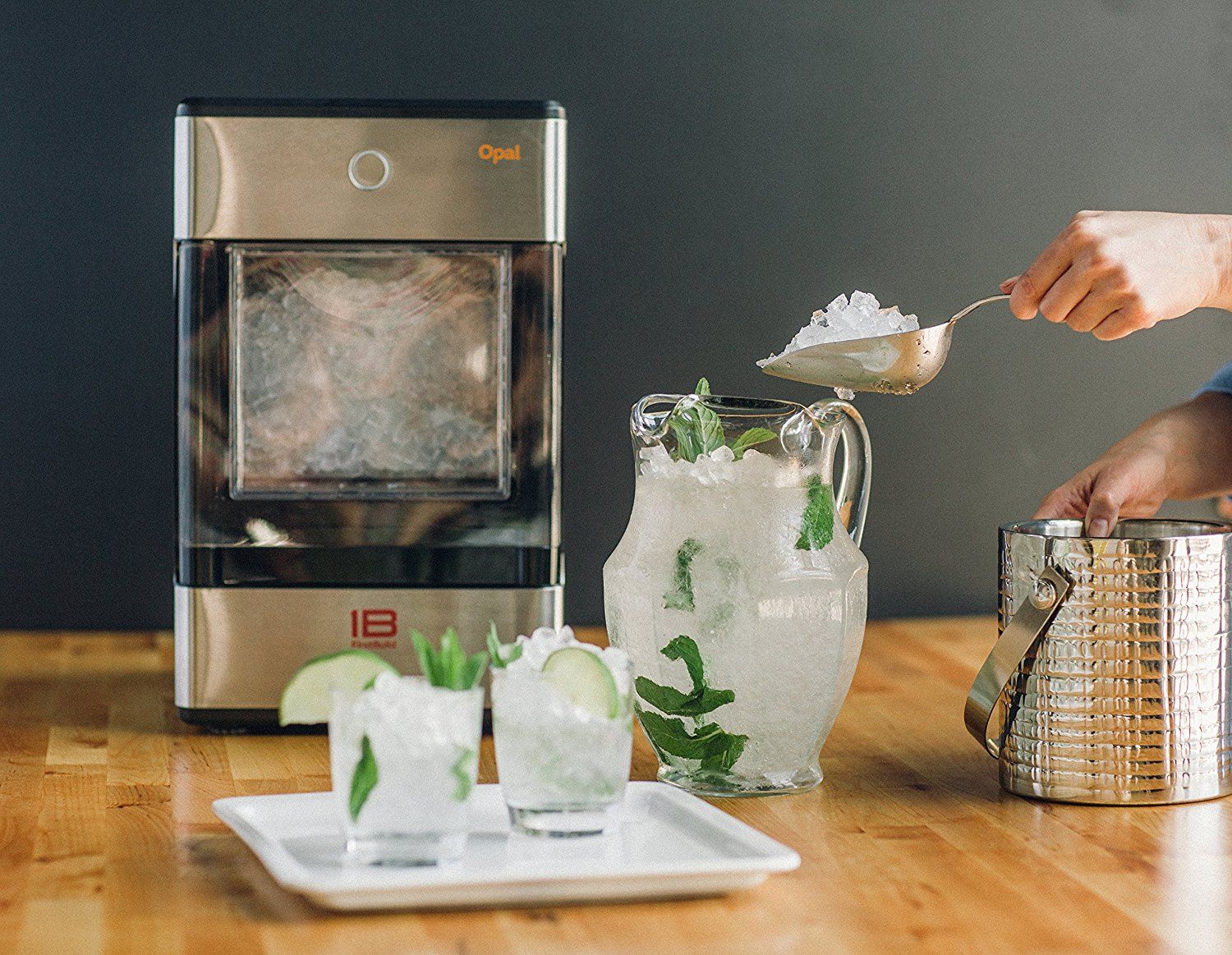

0 thoughts on “How Often Does The Opal Ice Maker Defrost”